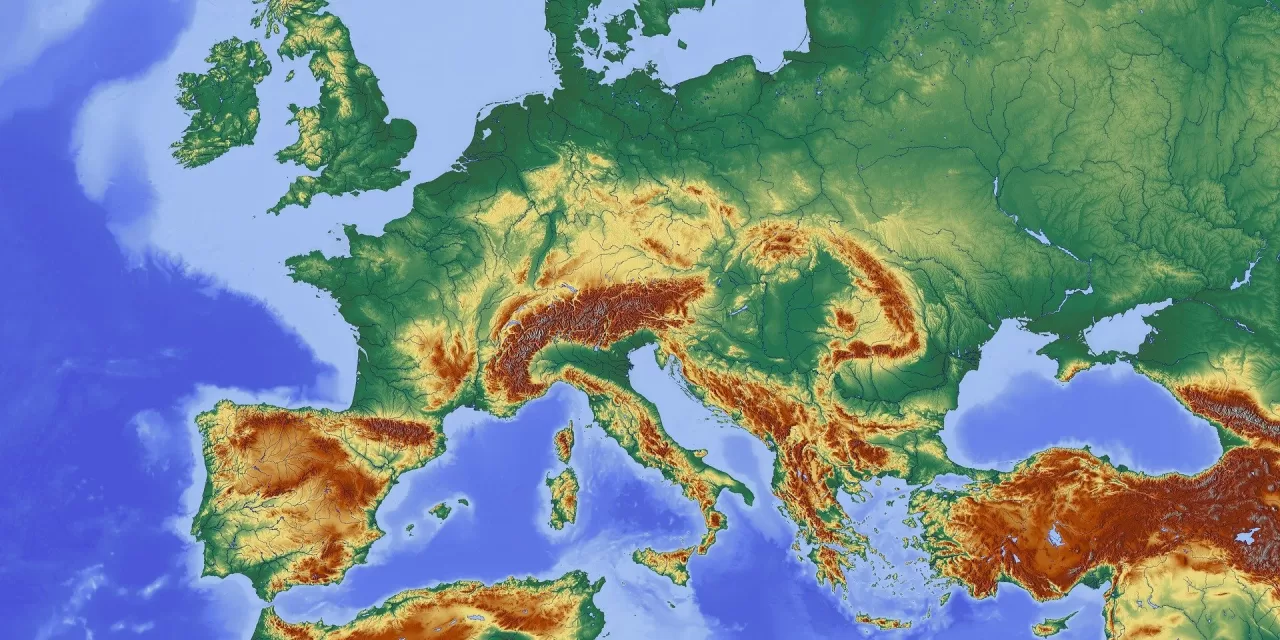Barcelona, Spain — A recent study led by the Barcelona Institute for Global Health (ISGlobal) and published in Nature Medicine reveals that more than 47,000 deaths in Europe in 2023 were attributed to high temperatures, making it the second highest heat-related mortality burden of the past decade. This staggering figure underscores the severe impact of the warmest year on record globally and the second warmest in Europe.
The study highlights the increased vulnerability of European societies to extreme heat, although adaptation measures have significantly mitigated its effects. Researchers estimate that without these societal adaptations, the mortality burden from heat in 2023 could have been 80% higher.
The methodology mirrors that of a previous paper published in Nature Medicine, which estimated over 60,000 heat-related deaths during the summer of 2022, marking it as the highest heat-related mortality of the past decade.
Methodology and Findings
The researchers utilized temperature and mortality data from 823 regions across 35 European countries spanning 2015–2019. These data were incorporated into epidemiological models to estimate heat-related mortality for the entire year of 2023.
Unlike the persistent extreme temperatures of the summer of 2022, 2023 experienced only two significant heat waves—one in mid-July and another in late August. These episodes were responsible for over 57% of the total estimated heat-related deaths, accounting for more than 27,000 fatalities.
Southern European countries were particularly affected, with Greece, Bulgaria, Italy, Spain, Cyprus, and Portugal reporting the highest heat-related mortality rates. Greece experienced the highest rate, with 393 deaths per million people.
Vulnerability Trends and Adaptation
The study also examined changes in societal vulnerability to heat. It found that societal adaptation has substantially reduced heat-related mortality over the century. For instance, if the temperatures recorded in 2023 had occurred in the early 2000s, the estimated heat-related deaths would have exceeded 85,000—80% higher than the mortality burden observed from 2015–2019.
Older adults and women showed higher vulnerability to heat. The heat-related mortality rate for women was 55% higher than for men, and for individuals over 80 years old, it was 768% higher compared to those aged 65–79.
Potential Underestimation and Future Risks
The authors caution that the actual heat-related mortality might be underestimated due to limitations in available mortality data. The study relied on weekly death counts from Eurostat, which could lead to inaccuracies. They estimate that the true number of heat-related deaths in 2023 could be around 58,000, contingent on more accurate mortality databases.
Urgent Need for Action
Joan Ballester Claramunt, Principal Investigator of the ERC Consolidator Grant EARLY-ADAPT, emphasizes the urgent need for continued adaptation and mitigation strategies. With Europe warming at twice the global rate and exceeding the 1.5°C threshold set by the Paris Agreement for nearly half of 2023, there is a pressing need for comprehensive climate action to avoid critical temperature thresholds and further impacts on vulnerable populations.
The study also introduces Forecaster.health, a web-based tool that predicts mortality risk associated with extreme temperatures for 580 regions across 31 European countries. This tool combines meteorological data with epidemiological models to provide forecasts up to 15 days in advance, helping to better prepare and protect at-risk populations.
For More Information
Elisa Gallo, the lead researcher of the study, and the full details of the findings are available in the Nature Medicine publication: Heat-related mortality in Europe during 2023 and the role of adaptation in protecting health.
Nature Medicine provides in-depth insights into the intersection of climate change and public health, highlighting the critical need for ongoing adaptation and preventive measures to mitigate the effects of extreme temperatures.












